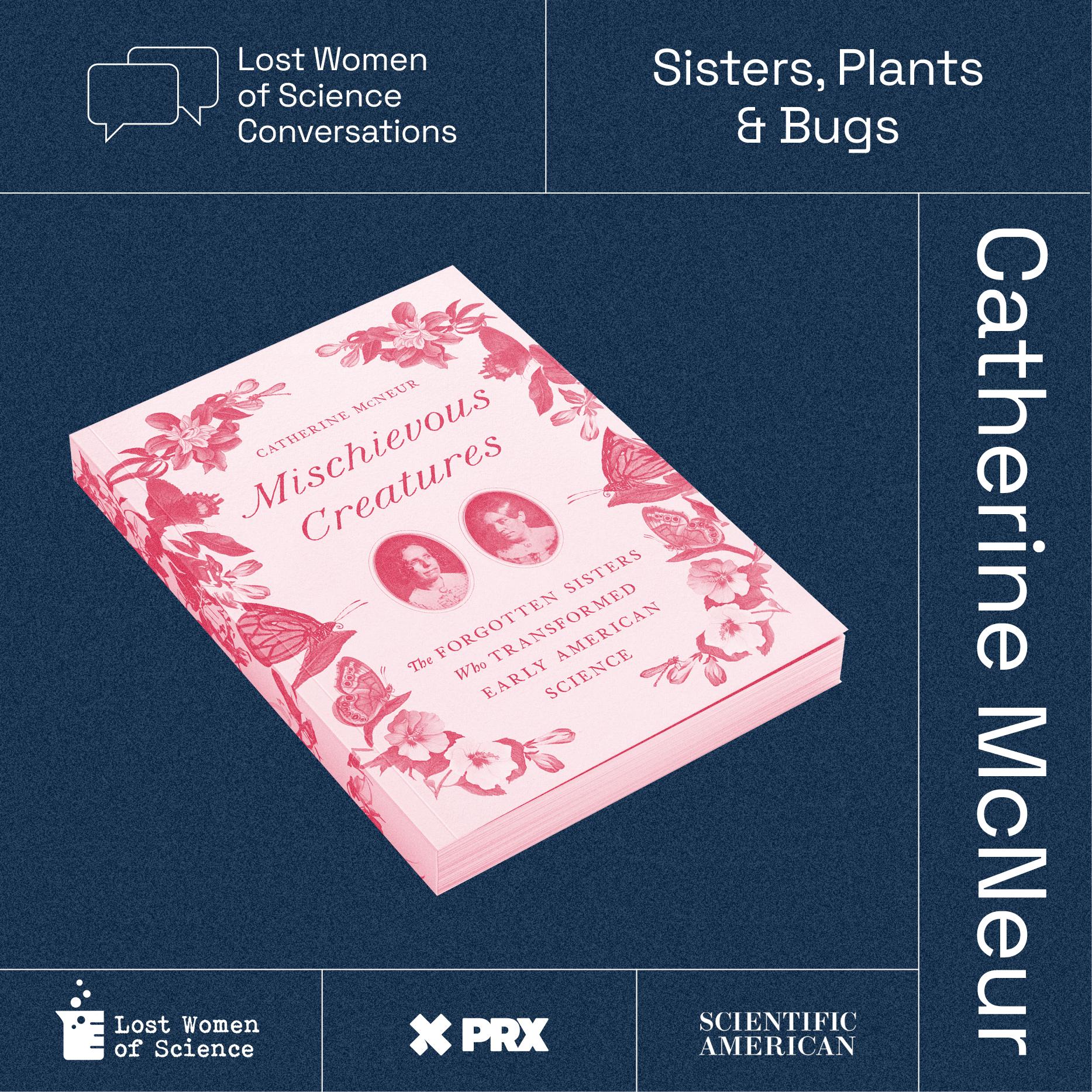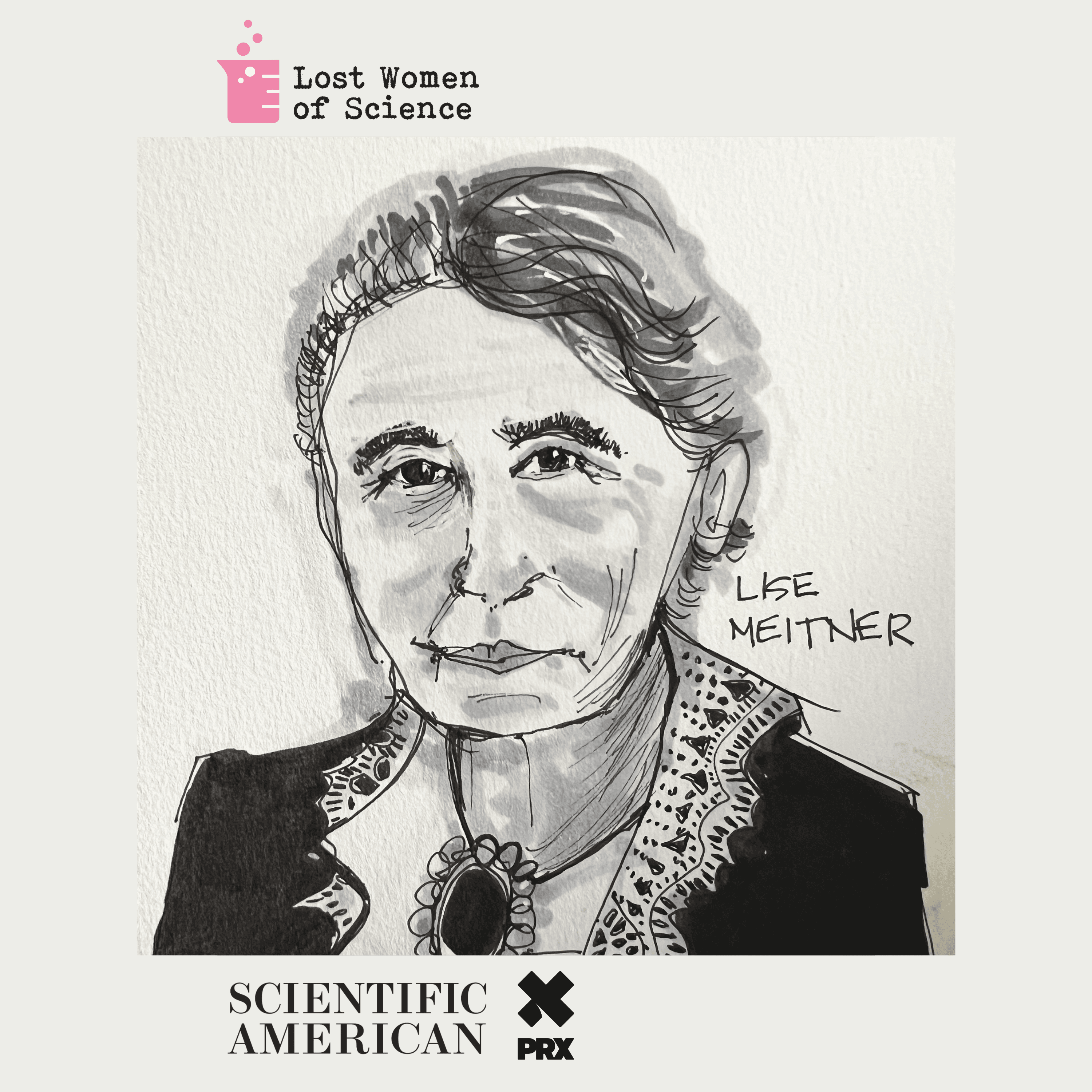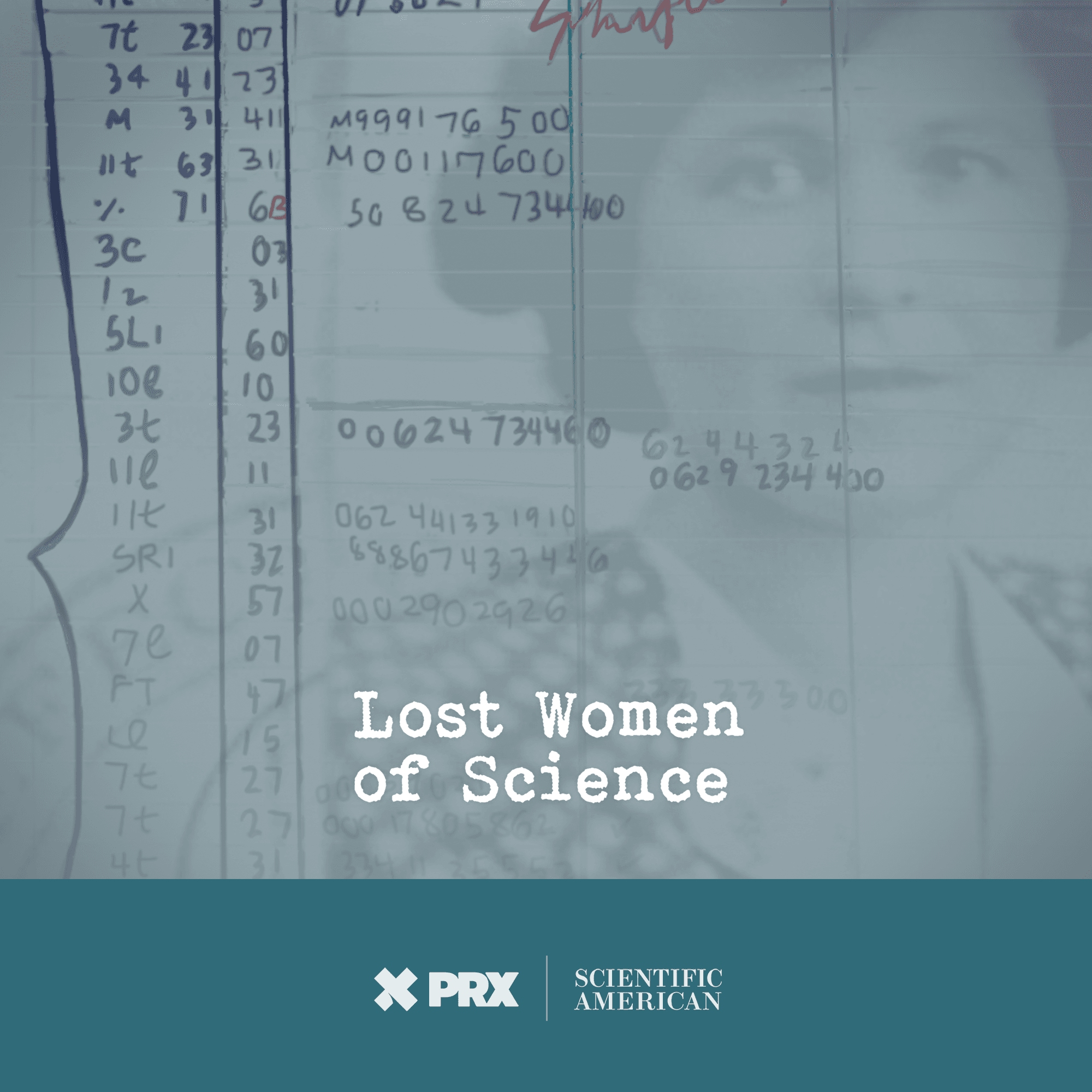
Lost Women of Science
Lost Women of ScienceFor every Marie Curie or Rosalind Franklin whose story has been told, hundreds of female scientists remain unknown to the public at large. In this series, we illuminate the lives and work of a diverse array of groundbreaking scientists who, because of time, place and gender, have gone largely unrecognized. Each season we focus on a different scientist, putting her narrative into context, explaining not just the science but also the social and historical conditions in which she lived and worked. We also bring these stories to the present, painting a full picture of how her work endures.
For every Marie Curie or Rosalind Franklin whose story has been told, hundreds of female scientists remain unknown to the public at large. In this series, we illuminate the lives and work of a diverse array of groundbreaking scientists who, because of time, place and gender, have gone largely unrecognized. Each season we focus on a different scientist, putting her narrative into context, explaining not just the science but also the social and historical conditions in which she lived and worked. We also bring these stories to the present, painting a full picture of how her work endures.


















































































































A Flair for Efficiency: The Woman Who Redesigned the American Kitchen

In the late 1920s, Lillian Gilbreth enlisted her children — she had 11— in an experiment: bake a strawberry shortcake in record time. Kitchens at the time tended to have haphazard configurations—pots and pans could be at one end of the kitchen, the stove in another, and the utensils in another room altogether—but Lillian figured that with a well-designed kitchen, she could slash baking time dramatically and make cooks’ lives easier. And if anyone was going to hack the kitchen, Lillian Gilbreth was the woman for the job.
Lillian and her late husband, Frank, were absolute fiends for efficiency. They’d used the study of “time and motion” to dissect the activities of factory and office workers, and had made a business of optimizing efficiency in the workplace. Now widowed, Lillian Gilbreth, was set to tackle efficiency in the home when their clients would continue working with her and the business failed. Her innovations—she’s widely credited with inventing the pedal trash can and refrigerator door shelves—live with us to this day.
Learn about your ad choices: dovetail.prx.org/ad-choices